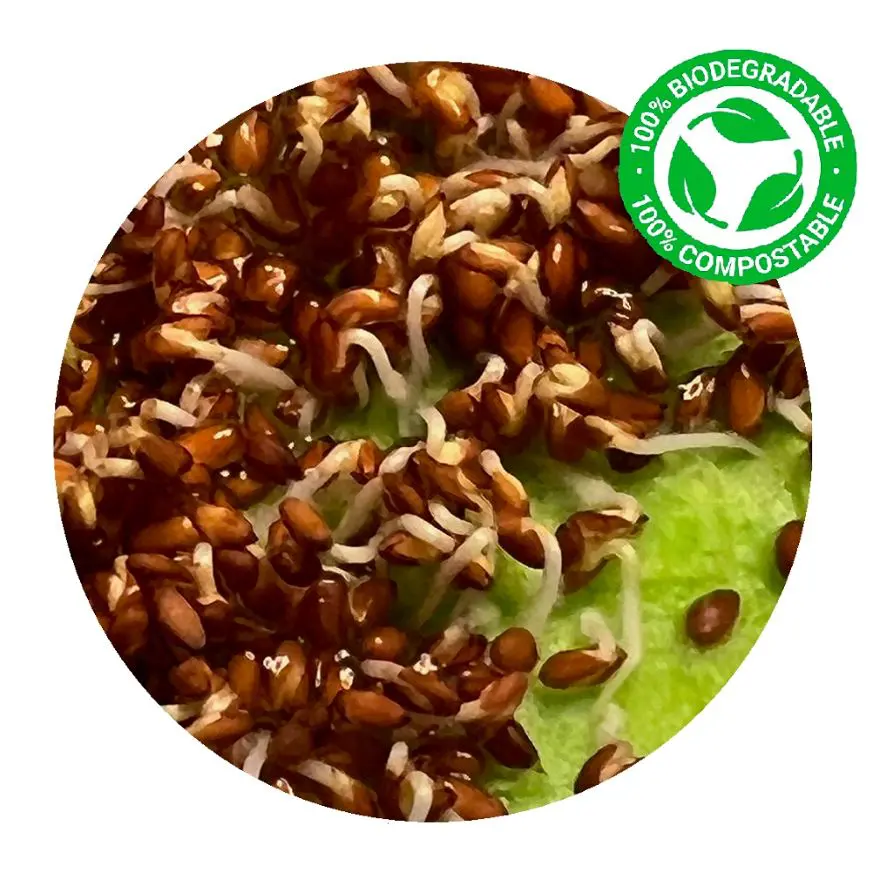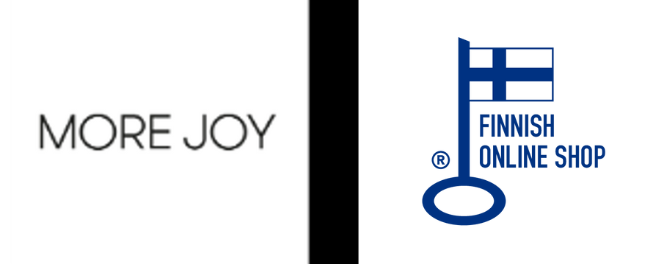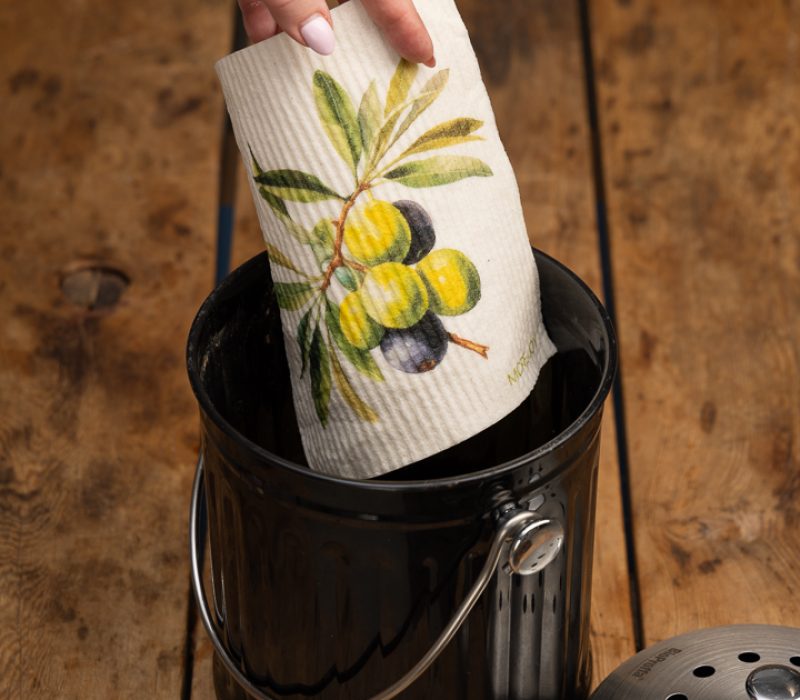Biodegradable Seed Mat

From a Dishcloth to a Seed Mat
The dishcloth material is mainly made of very clean and high-quality cellulose fiber, the country of origin is Norway. The reinforcement of the product uses cotton fiber that, due to its short fiber, is not suitable for any other textile or yarn production, i.e. the cotton would be left as unused waste, burdening the waste volumes of Indian family farms. By combining these materials, you get a fiber board with a long life cycle and eventually completely biodegradable. Because the material absorbs a huge amount of liquid and keeps a constant humidity, it is a great germination and growing platform.
Try an Easy and Versatile Vegetable Cress
Wet one dishcloth thoroughly and place it on a plate or tray as flat as possible. Sprinkle the Watercress seeds evenly on the surface of the wet dishcloth. Allow the seeds to soak properly. Add water once a day so that the growing medium remains evenly moist. Watercress sprouts in a couple of days. Continue watering until the crop is green and harvestable. However, beware of too much moisture in the growing mat. When the growth is ready to be harvested, you can use the edge of a dishcloth to lift the crop onto a plate and cleverly cut the green trimmings to enrich the meal. After that, you can put the uncut watercress back on the growing plate with the dishtowel base and moisten it for the next use.
Watercress Is an Old Medicinal Herb
Rich in vitamins, trace elements and mustard oil, Watercress is an old natural antibiotic that has been used for many ailments throughout the ages. Watercress contains the same mustard oils as its larger relative, watercress. The watercress sprouts are cut directly onto the prepared food raw, as watercress is not suitable for cooking. The taste of watercress goes well with salads, soups, fish dishes and sandwiches. Use as a decoration and to protect the health of your body.





